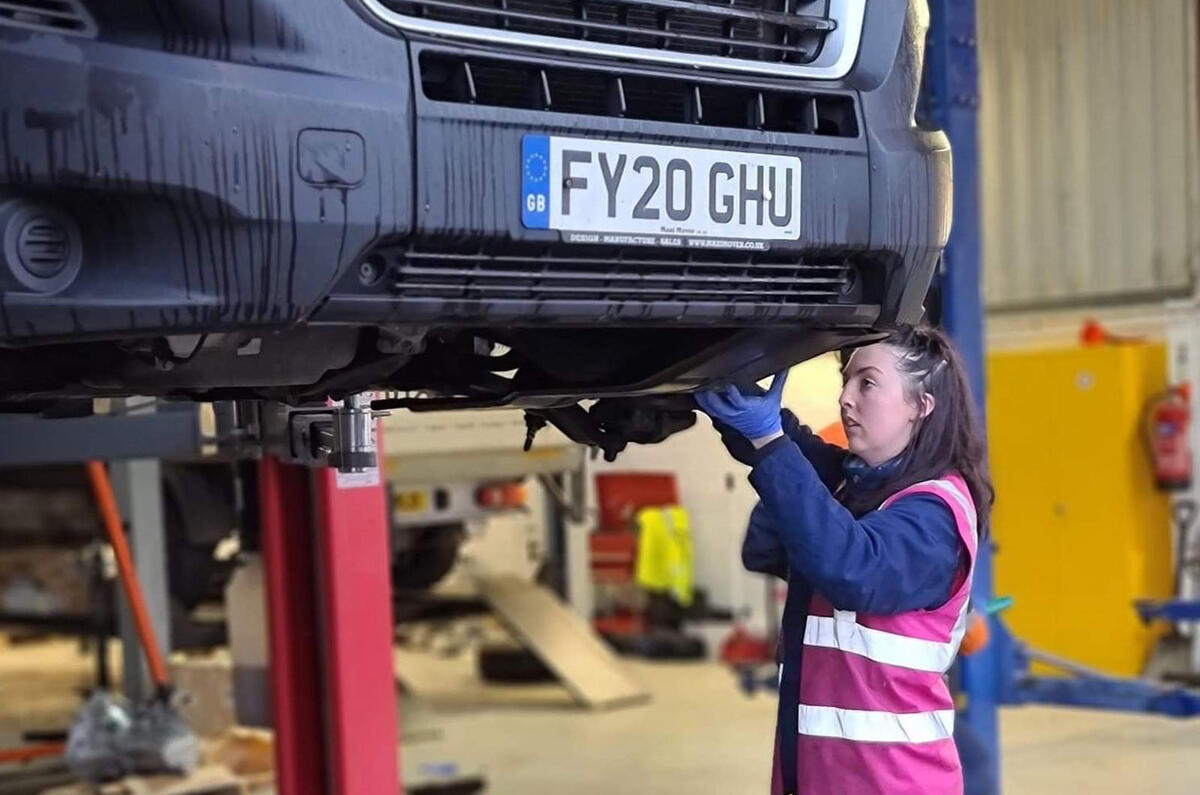Over the past few weeks, I’ve had some eye-opening conversations with senior industry executives about the skills gaps in the automotive and mobility sector.
Almost everyone I’ve spoken to accepts that there's a price to pay to solve their skills needs, and many have assessed the shortages they have now and are likely to face in the future. But as time goes on, the situation is reaching a critical level and has been unquantified as a financial risk at board level.
Last year, we interviewed 44 senior leaders across the sector from R&D, through the supply chain, manufacturers and retailers to identify the missing skills and then created a roadmap to assist in navigating businesses through the crisis. Later this month, we will be launching a follow-up report looking at the cost implications of this gap.
The big questions now facing businesses are how much the skills gap will really cost; what the benefit of addressing the situation is; and what will happen if nothing is done about it.
Capability to do this differs across company size, maturity and sector within the industry. Some companies simply don't have time and resource to dedicate to it. Others do. Certain areas of business can be easier to put a price on than others.
For example, in retail, you can see clearly that for each day that you're one technician down, you will lose £x in revenue. But in other areas of the business, where there are multiple variables involved in the delivery of a role, how do you work out the value of one member of the team who would be tasked across several projects?
What are businesses spending on short-term solutions that are plugging the holes while they look for a more permanent solution? There will be agency costs for temps who don't necessarily have industry knowledge and in whom training won't be invested, as they’re expected to move on.
And what about the reliance on the goodwill of the current workforce, who are being asked to stay longer, work faster and take on more responsibility as they firefight to cover the missing skills? All of this will have both a physical and mental strain on employees that could lead to burnout or pressure that leads to lack of morale and the decision to vote with their feet, exacerbating the problem that you're trying to solve.
Short-term options might seem like the only solution when there’s a deadline for a project that must be delivered. But the longer-term sustainable solution must be found, otherwise you risk higher costs and other compromises.
It's a tricky situation from whichever direction you approach it. That’s why we've focused our attention on our latest round of research, speaking to 42 business leaders in automotive and mobility to quantify the risk. Our model will provide a range of figures to show the financial opportunity and reward for investing in skills, and conversely the downside risk of failing to do so.
The downside scenario will be a painful number to see, but the upside scenario can also be achieved through development and implementation of a comprehensive skills strategy.
For the first time, a real scenario of the financial cost of the skills gap is now available for the business and board to see and, as we all know, what gets measured gets done.
Lynda Ennis is the founder of global automotive and mobility executive search company Ennis & Co.




Add your comment